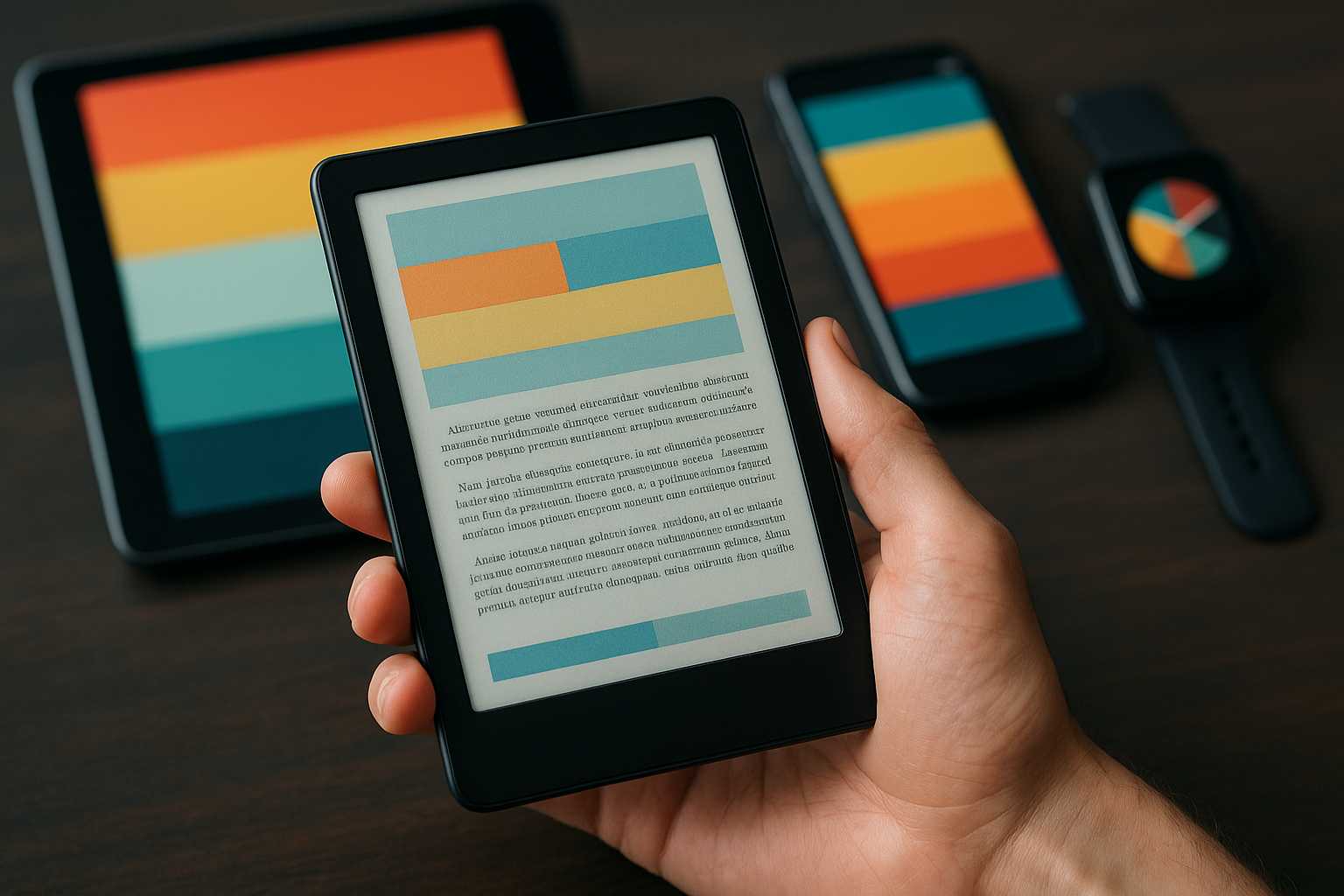Exploring the Potential of E-ink: The Next Big Thing in Low-Power Display Technology
The world of display technology is continuously evolving, and E-ink is poised to play a significant role in the next phase of that evolution. Known for its low power consumption and legibility under sunlight, E-ink has become a game-changer in the electronics world. This article delves into the history, current developments, and future implications of E-ink technology.

A Brief History of E-ink
The Electronic Ink Technology, commonly referred to as E-ink, was the brainchild of researchers at the Massachusetts Institute of Technology’s Media Lab. The technology was created in the late 1990s, and E Ink Corporation brought it to the commercial market in the early 2000s. The goal was to create a display that would mimic the appearance of ink on paper, providing a comfortable reading experience for long durations.
The first mainstream application of E-ink was in eReaders, with Amazon’s Kindle being the most notable example. The technology offered an excellent reading experience, similar to printed books, with the added benefit of digital features.
The Current Scenario: E-ink in 2022
Fast forward to 2022, and E-ink has evolved beyond eReaders. It’s being used in smartphones, smartwatches, digital signage, and even in the fashion industry for customizable clothing. The technology provides high contrast, low power consumption, and excellent readability, even in bright sunlight.
One of the recent developments is the advent of color E-ink. Although the technology is in its nascent stages and doesn’t provide the vibrancy of LCD or OLED displays, it offers a significant advantage: the ability to display color content without a significant increase in power consumption.
The Market Impact of E-ink
E-ink has carved a niche for itself in the electronics market, particularly in the eReader segment. The global E-ink display market was worth USD 1.12 billion in 2020 and is expected to reach USD 1.69 billion by 2026, showcasing an impressive growth rate.
The price range for E-ink products varies widely, from affordable eReaders costing around $100 to high-end digital signage solutions that can cost thousands of dollars. This wide price range makes E-ink accessible to a broad audience, from individual consumers to businesses.
The Future: What Lies Ahead for E-ink?
E-ink is set to revolutionize several industries, from fashion to healthcare. In the fashion industry, E-ink can create dynamic clothing and accessories that can change patterns and colors at the click of a button.
In healthcare, E-ink can be used to create smart labels for medication bottles, providing real-time information about dosage and intake schedules. In the retail industry, E-ink can be used for dynamic price tags and product information displays.
As color E-ink technology improves, we can expect a wider adoption of E-ink in devices like smartphones and tablets. The low power consumption of E-ink, coupled with its excellent readability, makes it an attractive option for these devices.
Wrapping Up
E-ink technology is far from reaching its peak. With its unique features and potential applications, it’s poised to bring about significant changes in the way we interact with our devices. As the technology continues to evolve, the future of E-ink looks bright and promising.






